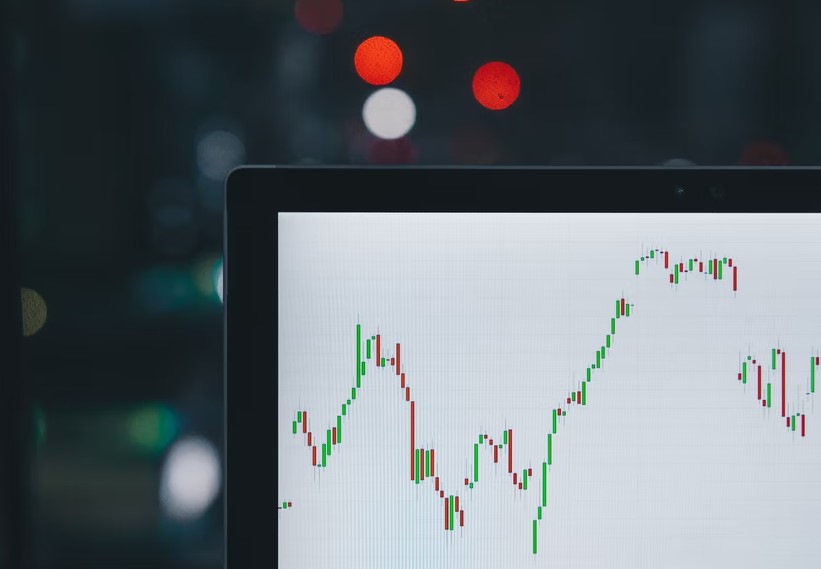Cryptocurrency has a long way relationship with volatility. But most of us are unaware of the term “Stablecoins”, which is a specially designed crypto that offers you a steady price.
The word “stablecoin” refers to a cryptocurrency whose value is fixed to the value of another asset. For example, a stablecoin tied to the one dollar should always be worth $1, whatever the market’s volatility.
We know that not all stablecoins are made equal due to recent events. The collapse of TerraUSD in May demonstrated that not all stablecoins could ensure price stability. Here, in this blog we will study about the meaning and most stable Cryptocurrencies for Investment In 2023.
What is Stablecoin?
Stablecoins are specially designed cryptocurrencies made to maintain the stable price of the cryptocurrency over a specific time, and they are pegged to the value of an underlying asset such as US Doller. The objective behind this crypto is to benefit the investor by avoiding rampant volatility.
The total market value of cryptocurrencies can fluctuate by millions per day. Even the most popular cryptocurrency, Bitcoin (BTC), is prone to severe price fluctuations. Investors have observed a daily shift in the value of BTC of about 4% over the previous month.
This price instability is not present in fiat currencies like the US dollar or the British pound. Stablecoins can also be thought of as a tokenized form of fiat money.
Types of Stable Coin
People might say that stablecoin is formed as a solution for the issues caused by the wide acceptance and availability of the US dollar. In contrast, many cryptocurrency supporters believe that the future of the cryptocurrency belongs to the digital tenders and will not be controlled by the Central Banks. So, based on the mechanism, there are three types of stablecoins used to stabilise the value.
Fiat-Collateralized Stablecoins
Stablecoins that are “fiat-collateralized” keep a reserve of a fiat currency (or currencies), such as the dollar, as security for the stablecoin’s value. Other types of collateral can be commodities like crude oil or precious metals like gold or silver, however, the majority of fiat-collateralized stablecoins have U.S. dollar reserves. These reserves are frequently audited and are kept up by independent caretakers. Popular stablecoins Tether (USDT) and TrueUSD (TUSD) are pegged to the dollar and backed by U.S. dollar reserves.
Crypto-Collateralized Stablecoins
Other cryptocurrencies support stablecoins with cryptocurrency collateral. Such stablecoins are overcollateralized, meaning that the value of cryptocurrency kept in reserves exceeds the value of the stablecoins issued because the reserve cryptocurrency may also be subject to severe volatility.
To protect against a 50% drop in the price of the reserve cryptocurrency, a cryptocurrency worth $2 million might be retained as a reserve to issue $1 million in a stablecoin backed by cryptocurrency. For instance, MakerDAO’s Dai (DAI) stablecoin is backed by Ethereum (ETH) and other cryptocurrency worth 150% of the DAI stablecoin in existence while still being pegged to the U.S. dollar.
Algorithmic Stablecoins
Stablecoins that use algorithms might or might not have reserves. Their main difference is how a stablecoin maintains its value by using an algorithm to restrict its supply, which is a computer programme that follows a predetermined formula.
That’s similar to central banks in other ways since they also don’t depend on a reserve asset to maintain the stability of the value of the currency they issue. The distinction is that a central bank, such as the United States Federal Reserve, establishes monetary policy openly based on accepted guidelines, and the legitimacy of that policy is greatly enhanced by its role as the issuer of legal money.
Conclusion
The various stablecoin varieties demonstrate the various ways that stablecoins could operate. Stablecoins now use four different models that adhere to various collateral arrangements. Stablecoins can be classified as fiat-backed, commodity-backed, crypto-backed, or non-collateralized, depending on the type of collateral they utilize. The collateral used to back the stablecoin is a distinctive feature of each stablecoin variation.
Other minute variations, though, are there that you should be aware of. For instance, fiat-backed stablecoins are simpler for beginners to understand and use than crypto-backed stablecoins and offer higher liquidity. Become more knowledgeable about stablecoins by reflecting in-depth on the industry and its various iterations.


